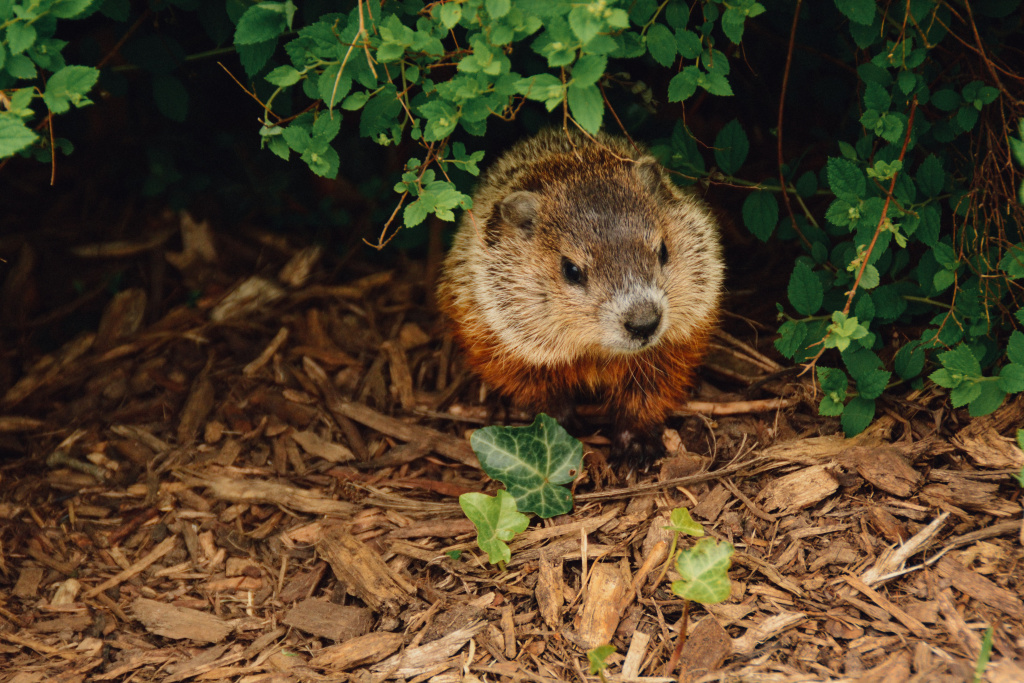Before Groundhog Day marked the calendar, pagan cultures celebrated the arrival of spring around February 2—halfway between the winter solstice and the vernal equinox. One such culture, the Celts, held a festival called Imbolc. Similar to the idea behind Groundhog Day, this festival marked the time around which Cailleach, the goddess of winter, gathers firewood. If the day was sunny—optimum weather for finding more firewood for cold days—she had decided to prolong the season. But if the weather was poor, she had overslept, meaning spring would come sooner. Imbolc specifically honored Brigid—goddess of healers, poets, smiths, childbirth and inspiration—whom the Celts associated with spring.
Once Christianity took root in Europe, Christians adapted the pagan tradition. They made Brigid a saint, giving her similar characteristics to the Celtic goddess. They also celebrated their own holiday on Feb. 2—unrelated to Brigid—called Candlemas to commemorate Mary’s purification and Jesus’ presentation at the temple 40 days after his birth. Like Imbolc, Candlemas makes similar weather predictions: if the day is sunny, there will be 40 more days of wintry weather.
From Candlemas, Germans created their own twist on the six-week weather forecast by introducing a hibernating animal—said to be either a badger, a hedgehog or possibly a bear. If it saw its own shadow, the animal confirmed the sunny weather that indicated a longer winter. When Germans immigrated to Pennsylvania, they reassigned the role to the native groundhog.
Groundhog Day Gatherings
Groundhog Day has been an official celebration in Punxsutawney, Pennsylvania, since 1887. Punxsutawney Phil presides over the gathering. Other groundhogs also predict across North America, including Staten Island Chuck in New York, Buckeye Chuck in Ohio, and Stormy Marmot and Flatiron Freddy in Colorado. Canada celebrates the tradition with Balzac Billy, a Richardson Ground Squirrel in Calgary, Alberta; and Wiarton Willie, an albino groundhog in Ontario. However, Punxsutawney Phil draws the largest crowd each year with over 35,000 people attending his televised prediction.
During the early years of the celebration, Punxsutawney Phil was not as honored as he is today. William Deely, president of the Punxsutawney Groundhog Club, said, “It was a social party. They basically got together and instead of him being the honoree, he was the entrée.”
Groundhog Facts and Fiction
Groundhogs are large members of the squirrel family that hibernate in underground burrows during the winter, giving them their name. During the spring and summer, they forage for plants and fruit. They also climb trees and swim when they are not confined to their burrows.
Groundhogs have several other names. Similar to “groundhogs,” they are also called “whistle pigs” because of the shrill whistle they use to warn their colony. These two names resemble the animal’s rodent relative the guinea pig, named such for its piglet-like squeaks. Groundhogs are also known as land beavers.
Another common synonym for groundhogs is woodchucks. Derived from the Algonquin Native American tribe’s term “wuchak,” this name does not describe a characteristic of the animal, although the popular tongue twister seems to indicate otherwise. But have you ever wondered how much wood would a woodchuck chuck if a woodchuck could chuck wood? Well, in 1988 Richard Thomas—a state wildlife and conservation officer—calculated how much wood he thought a woodchuck would chuck based on how much dirt it chucks when it burrows. He estimated 700 pounds of dirt a day—hence 700 pounds of wood a day.
Groundhog Day may not bring a trustworthy weather forecast, but it is a day to overlook technicalities for the sake of tradition.








